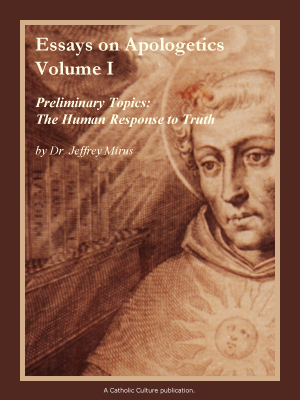Homily for the Solemnity of the Assumption
by Pope Francis
Dear Brothers and Sisters! At the end of its Constitution on the Church, the Second Vatican Council left us a very beautiful meditation on Mary Most Holy. Let me just recall the words referring to the mystery we celebrate today: “the immaculate Virgin preserved free from all stain of original sin, was taken up body and soul into heavenly glory, when her earthly life was over, and exalted by the Lord as Queen over all things” (no. 59). Then towards the end, there is: “the Mother of Jesus in the glory which she possesses in body and soul in heaven is the image and the beginning of the church as it is to be perfected in the world to come. Likewise, she shines forth on earth, until the day of the Lord shall come” (no. 68). In the light of this most beautiful image of our Mother, we are able to see the message of the biblical readings that we have just heard. We can focus on three key words: struggle, resurrection, hope.
The passage from Revelation presents the vision of the struggle between the woman and the dragon. The figure of the woman, representing the Church, is, on the one hand, glorious and triumphant and yet, on the other, still in travail. And the Church is like that: if in heaven she is already associated in some way with the glory of her Lord, in history she continually lives through the trials and challenges which the conflict between God and the evil one, the perennial enemy, brings. And in the struggle which the disciples must confront – all of us, all the disciples of Jesus, we must face this struggle - Mary does not leave them alone: the Mother of Christ and of the Church is always with us. She walks with us always, she is with us. And in a way, Mary shares this dual condition. She has of course already entered, once and for all, into heavenly glory. But this does not mean that she is distant or detached from us; rather Mary accompanies us, struggles with us, sustains Christians in their fight against the forces of evil. Prayer with Mary, especially the rosary – but listen carefully: the Rosary. Do you pray the Rosary every day? But I’m not sure you do [the people shout “Yes!”]… Really? Well, prayer with Mary, especially the Rosary, has this “suffering” dimension, that is of struggle, a sustaining prayer in the battle against the evil one and his accomplices. The Rosary also sustains us in the battle.
The second reading speaks to us of resurrection. The Apostle Paul, writing to the Corinthians, insists that being Christian means believing that Christ is truly risen from the dead. Our whole faith is based upon this fundamental truth which is not an idea but an event. Even the mystery of Mary’s Assumption body and soul is fully inscribed in the resurrection of Christ. The Mother’s humanity is “attracted” by the Son in his own passage from death to life. Once and for all, Jesus entered into eternal life with all the humanity he had drawn from Mary; and she, the Mother, who followed him faithfully throughout her life, followed him with her heart, and entered with him into eternal life which we also call heaven, paradise, the Father’s house.
Mary also experienced the martyrdom of the Cross: the martyrdom of her heart, the martyrdom of her soul. She lived her Son’s Passion to the depths of her soul. She was fully united to him in his death, and so she was given the gift of resurrection. Christ is the first fruits from the dead and Mary is the first of the redeemed, the first of “those who are in Christ”. She is our Mother, but we can also say that she is our representative, our sister, our eldest sister, she is the first of the redeemed, who has arrived in heaven.
The Gospel suggests to us the third word: hope. Hope is the virtue of those who, experiencing conflict – the struggle between life and death, good and evil – believe in the resurrection of Christ, in the victory of love. We heard the Song of Mary, the Magnificat: it is the song of hope, it is the song of the People of God walking through history. It is the song many saints, men and women, some famous, and very many others unknown to us but known to God: mums, dads, catechists, missionaries, priests, sisters, young people, even children and grandparents: these have faced the struggle of life while carrying in their heart the hope of the little and the humble. Mary says: “My souls glorifies the Lord” – today, the Church too sings this in every part of the world. This song is particularly strong in places where the Body of Christ is suffering the Passion. For us Christians, wherever the Cross is, there is hope, always. If there is no hope, we are not Christian. That is why I like to say: do not allow yourselves to be robbed of hope. May we not be robbed of hope, because this strength is a grace, a gift from God which carries us forward with our eyes fixed on heaven. And Mary is always there, near those communities, our brothers and sisters, she accompanies them, suffers with them, and sings the Magnificat of hope with them.
Dear Brothers and Sisters, with all our heart let us too unite ourselves to this song of patience and victory, of struggle and joy, that unites the triumphant Church with the pilgrim one, earth with heaven, and that joins our lives to the eternity towards which we journey. Amen.
© Libreria Editrice Vaticana 2013
This item 10308 digitally provided courtesy of CatholicCulture.org






